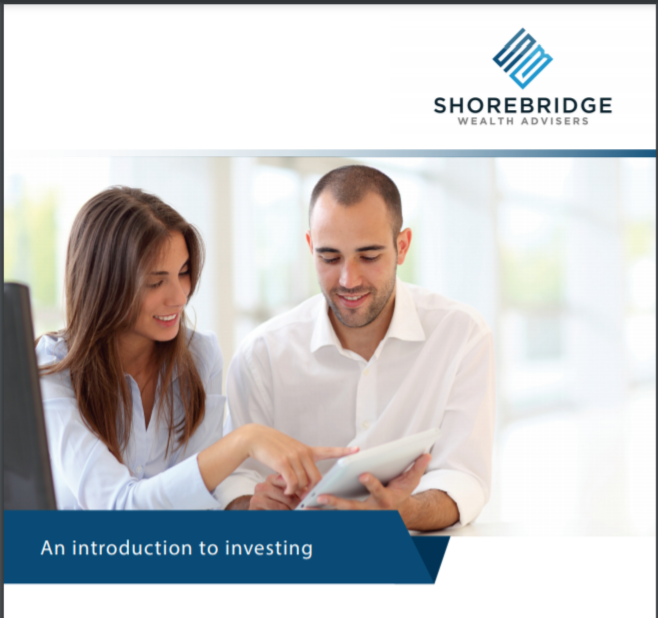While an exposure to hedge funds can provide a lift to a portfolio’s performance, they also offer the potential to generate high returns – at a risk.
Hedge funds play a very important role in investment markets and come in many shapes and sizes. Because of this, it’s important for investors to understand what they are, how they operate and the role they play in a fully functioning market.
What is a hedge fund and how do they work?
Hedge funds typically play an important role in financial markets. In fact, when markets are volatile, hedge fund managers are often able to spot, and take advantage of, interesting investment opportunities and inconsistencies in markets that can generate extra returns for a portfolio.
Alfred W Jones is widely considered to have started the first hedge fund in 1949 in the US when he raised US$100,000 to start his fund. Of this money, US$40,000 was his. Jones’ aim was to use some of the money he raised to establish the fund to minimise its losses.
Back then, the fund was known as a ‘hedged’ fund. That is, it tried to hedge its investments by using different types of financial instruments to offset the risks it took on its positions. This is a trait of hedge funds that continues to this day.
Hedge funds can invest in many different asset classes – shares, bonds, listed property trusts, as well as all the derivative instruments they use to hedge their positions such as options, futures and foreign exchange contracts. They can also invest in listed and unlisted investments.
This style of fund also has a number of other defining features, such as investors needing a large minimum amount to invest (an initial outlay of $50,000 or more is typical).
Usually only sophisticated investors or professional fund managers allocate money to them, because of the significant risks to which hedge funds are exposed – they have the potential to make, but also lose, lots of money. So it’s not usually appropriate for retail investors to have significant exposure to them, unless it’s through an investment fund managed by professionals.
Hedge funds are also relatively illiquid. This means it can be hard to withdraw money from them at short notice. They are often largely unregulated, which also increases the risks to which they are exposed. For instance, unlike other managed funds, they don’t have to produce extensive disclosure documents that clearly outline their risks.
In terms of fees, hedge fund managers are rewarded for the returns they produce. So while their fees can be quite high, so too can their returns.
How do they invest?
Let’s take a look at some of the common strategies hedge funds use:
Long/short strategies
This is a classic hedge fund strategy. It involves going ‘long’ on a position, and at the same time going ‘short’ on an associated position to offset any potential risks.
A common example is to buy one stock in a sector in the belief its share price will rise and short, or, sell another stock in the same sector in the belief its share price will decline.
Global macro fund
Global macro fund managers make their investments based on their views on what’s happening in different markets around the world, often trading off a positive view about a market with a negative view about a market. For instance, if a fund manager thinks economic growth in Asia will outstrip economic growth in Europe, it might invest in Asian shares and sell European shares.
This style of fund is similar to a pure long/short fund, but typically, it’s far more leveraged. In other words, the fund manager will borrow large amounts of money to take bets on various investment themes it can express in markets right around the world. Macro funds also use derivatives to express an investment view and manage risk.
Distressed debt
Some hedge funds look to take positions in fixed income investments issued by businesses that are under stress or not rated as investment grade. These bonds often pay a relatively high interest rate and offer guaranteed income for the life of the bond, which can help support the hedge fund’s returns. The fund manager applies its skill to identify assets that have the potential to generate healthy returns over time, in line with its risk profile.
Hedge fund of funds
Another approach to hedge fund investing is to allocate to a ‘fund of funds’. This is a fund that invests in a group of hedge funds, all with different exposures and risk tolerances. The reason why investors choose to invest in a hedge fund of funds is to diversify their exposure, while maximising their potential for gains.
How are hedge funds used in an investment portfolio?
An allocation to hedge funds can provide an important source of diversification, not just when markets are volatile, but over time. Hedge funds invest in many different strategies that are uncorrelated to equities markets, such as fixed income funds and emerging markets opportunities, so an exposure to hedge funds has the potential to smooth out a portfolio’s returns over time.
There are many, many different types of hedge funds, all with different target returns and investment profiles. So it’s often useful to delegate the choice of hedge funds to professional managers who are able to select funds based on their risk/return profile, to suit the investor’s objectives.
Source: BT
What to check before you invest in a hedge fund
Read the product disclosure statement
Hedge funds vary in risk and complexity. The fund manager will give you a PDS before you invest. This sets out the features, benefits, costs and risks of the fund. Make sure you understand the investment before you go ahead.
Check your understanding of the fund
Use these questions to check your understanding of the fund:
Strategy — What are the investment goals? How will the fund achieve these goals?
Investment manager — Who manages the fund? Does the manager have relevant skills and experience?
Local or international — Does the fund invest in Australian or overseas assets? If overseas, have foreign currency risks been hedged?
Past performance — Past performance is not a reliable indicator of future performance. But it can give you an idea of how the fund has performed, in rising and falling markets. Look at medium to long-term performance (over 5 to 10 years).
Third party service providers — Does the fund uses third party service providers? If so, are they licensed in Australia? Or elsewhere, where financial regulations may be less strict?
Fees — How are fees charged? Does this offer an incentive for the fund manager to take extra risks? Does charging of a performance fee depend on the fund outperforming a benchmark? If so, is the benchmark appropriate? Will returns, after fees, justify any additional risks taken?
Structure — How are the investments structured? As a test, how easily could you explain this to someone else?
Redemptions — How quickly can you redeem your investment from the fund? Is there a minimum time your money must stay in the fund? Is there a minimum redemption amount? When you redeem, do you have to pay an exit fee?
Source: Moneysmart





